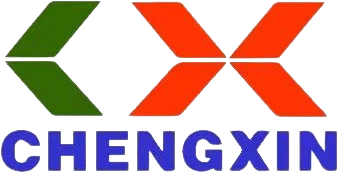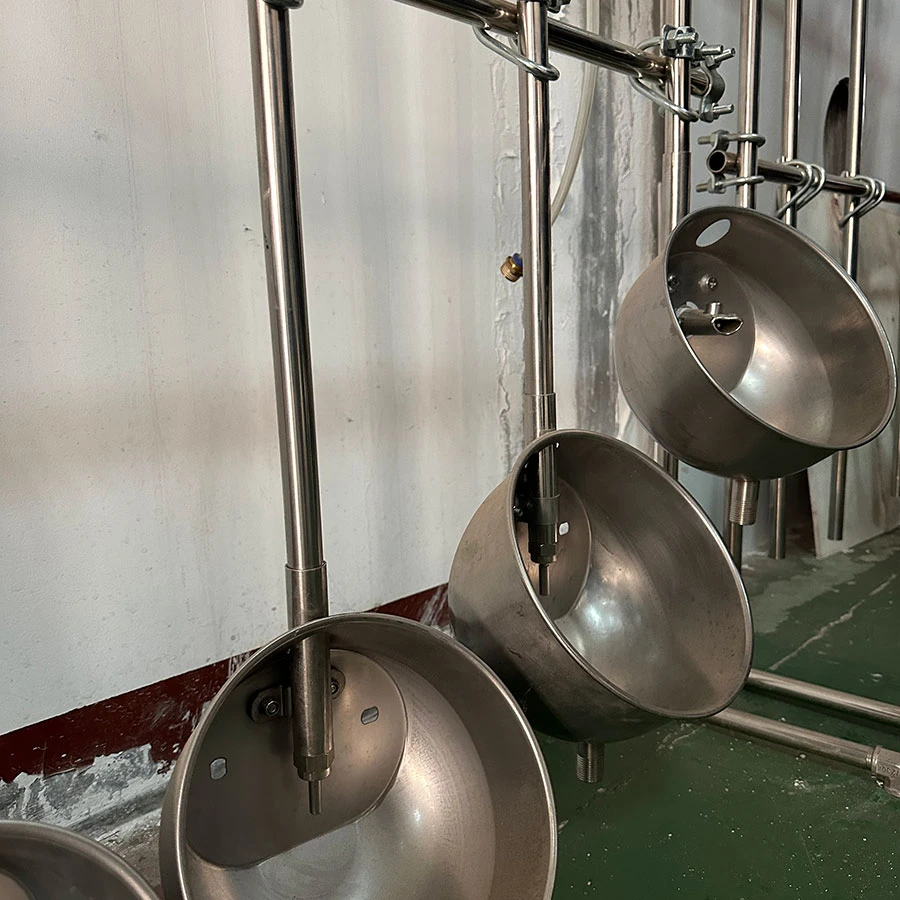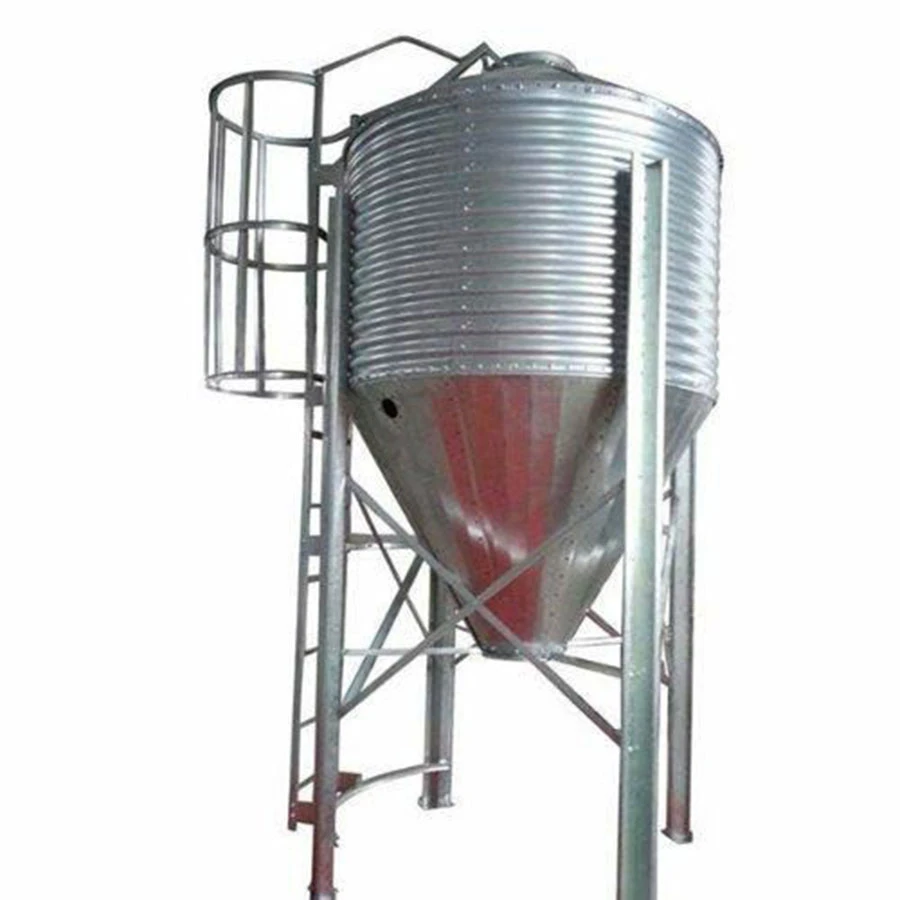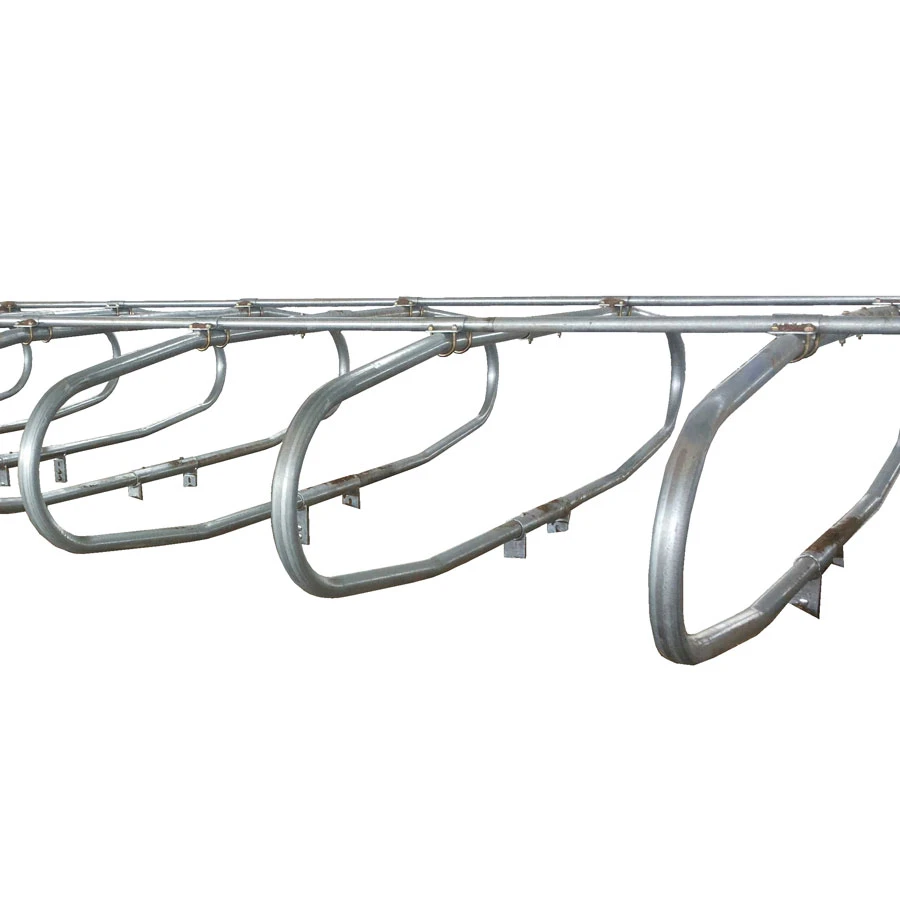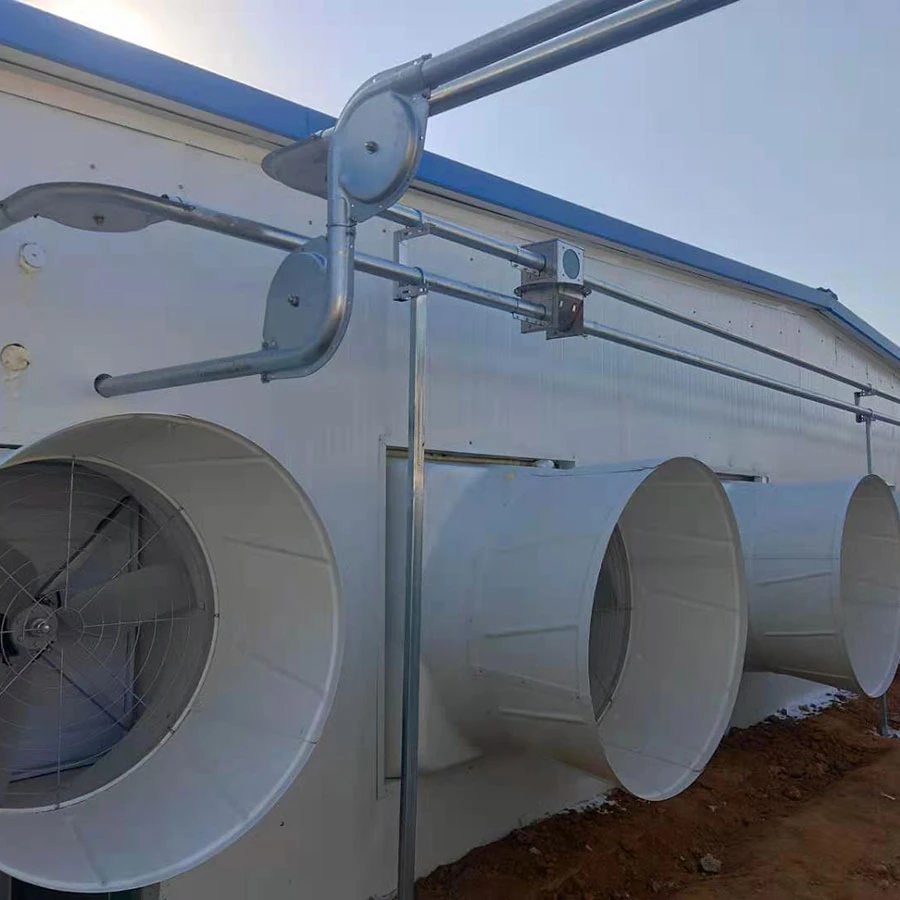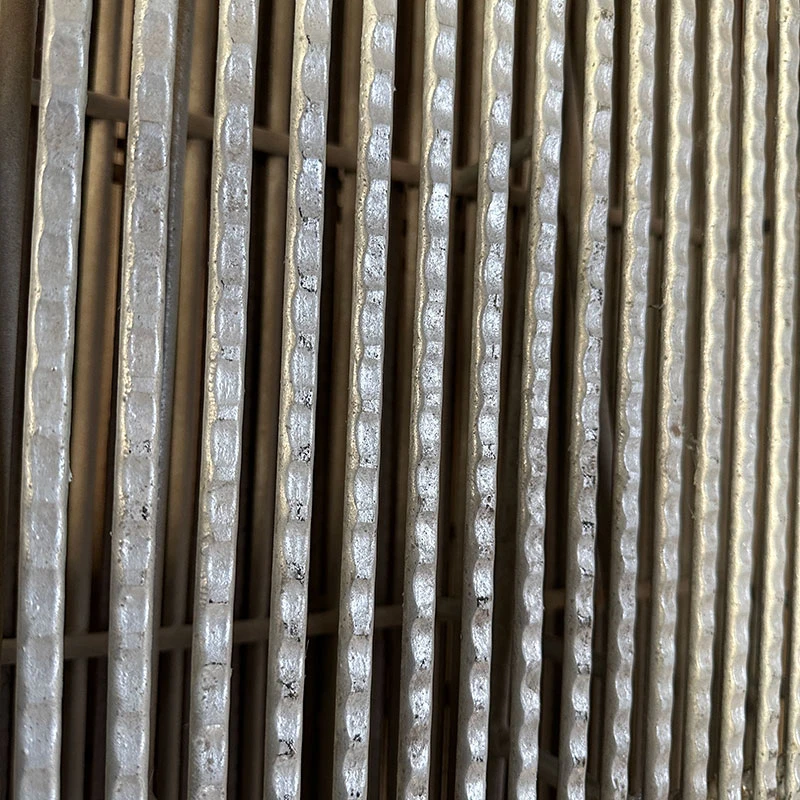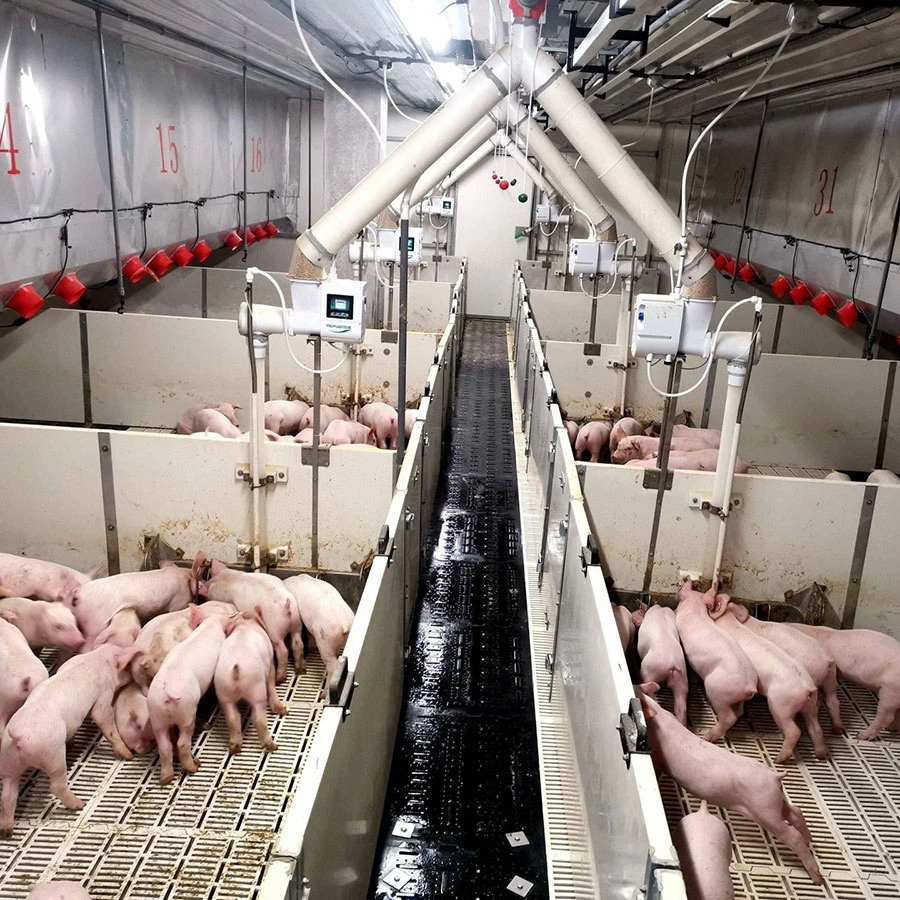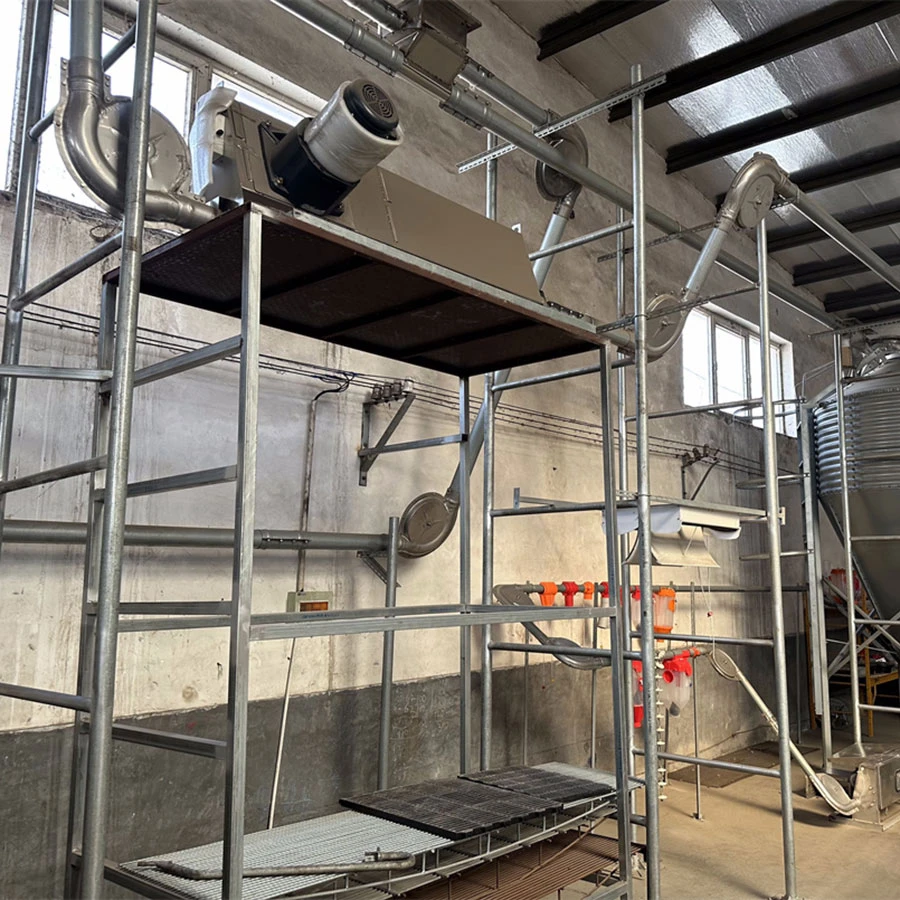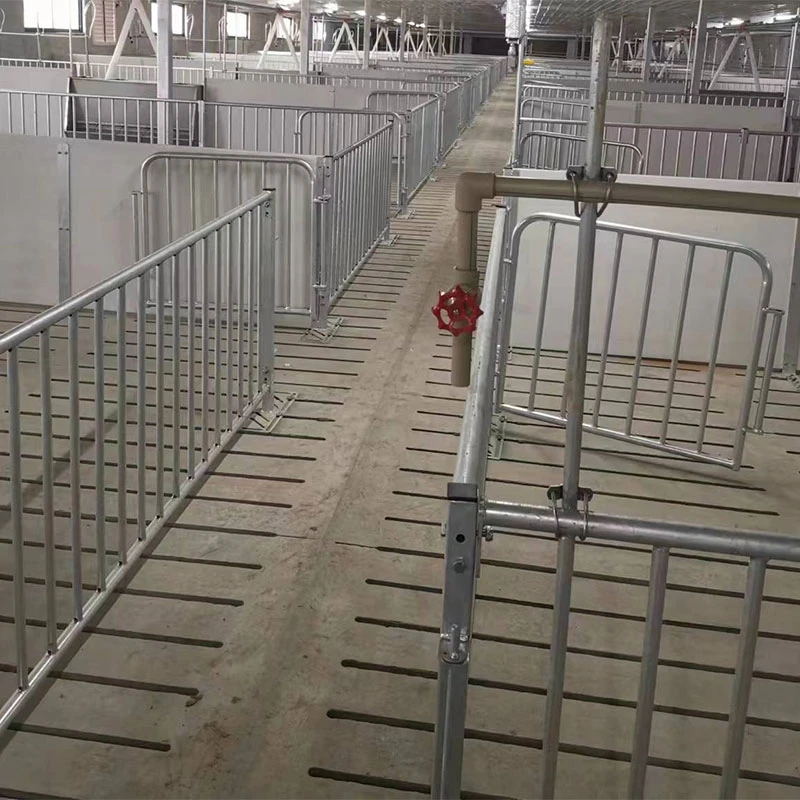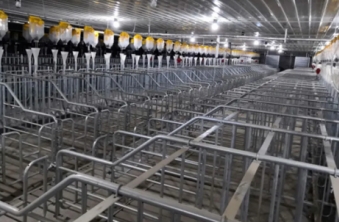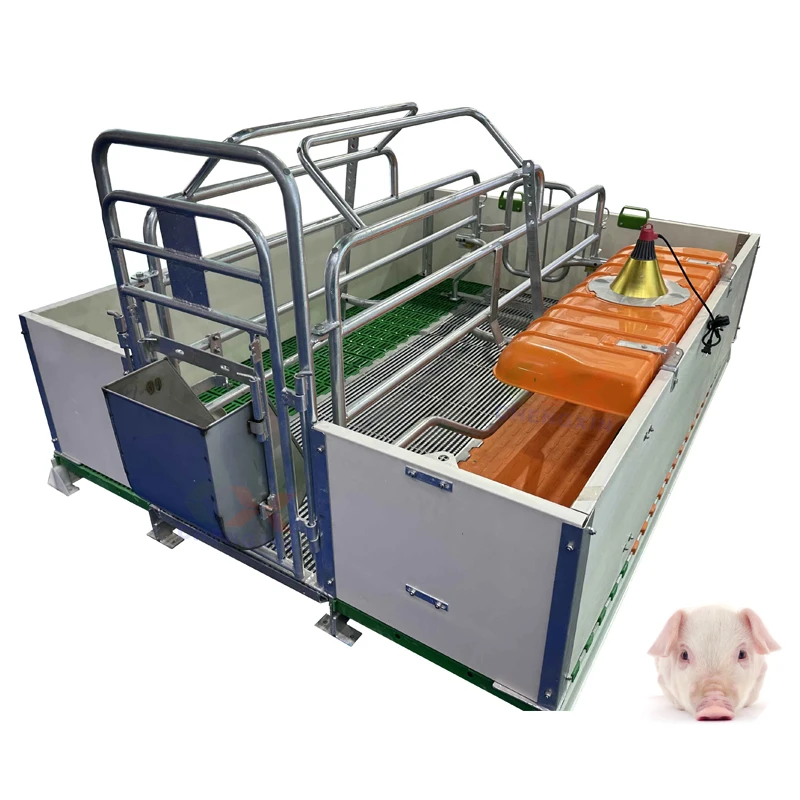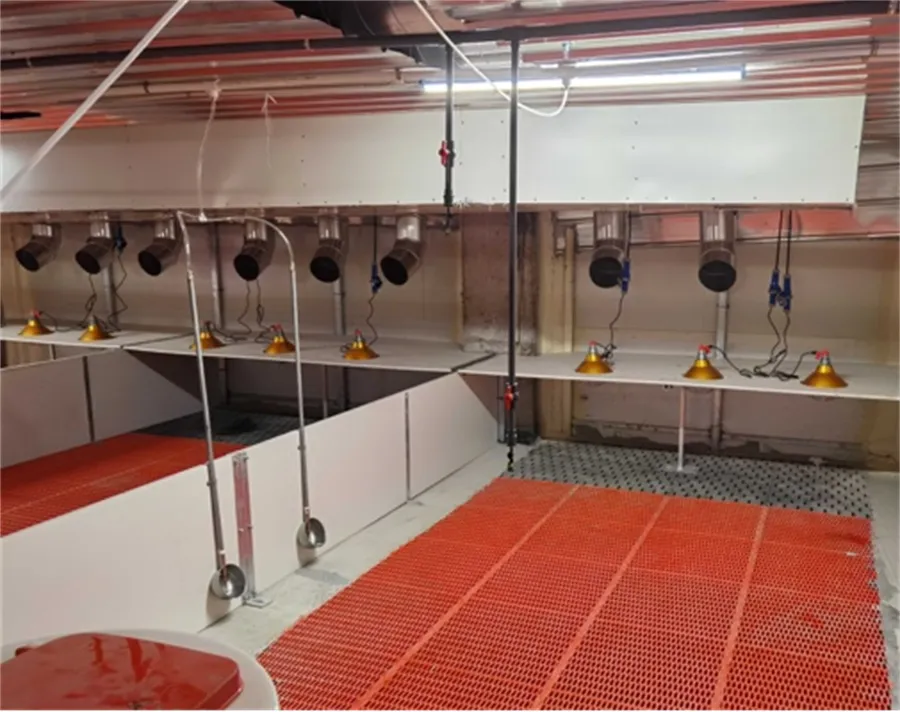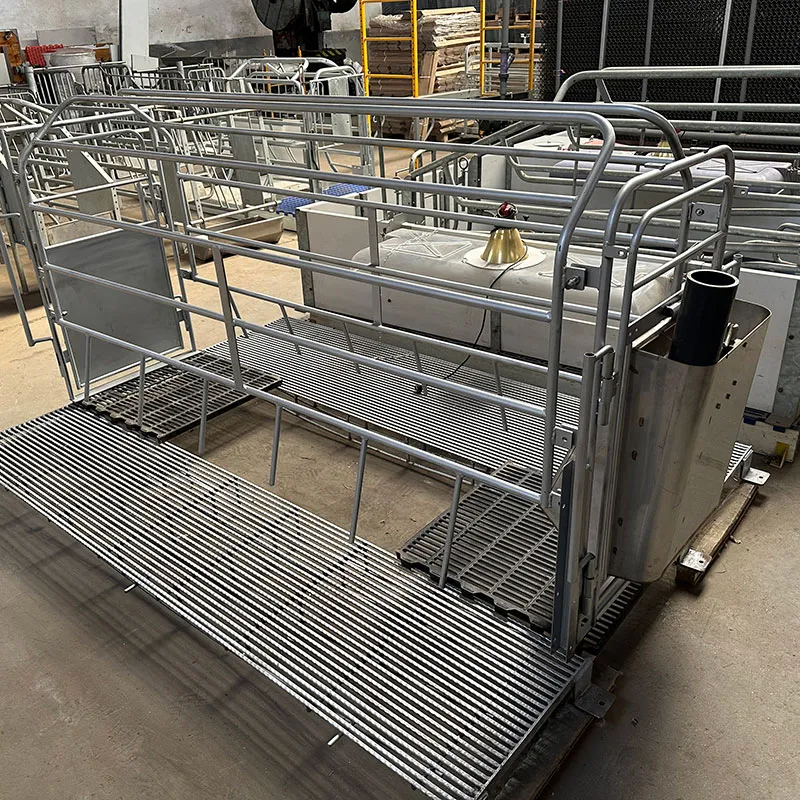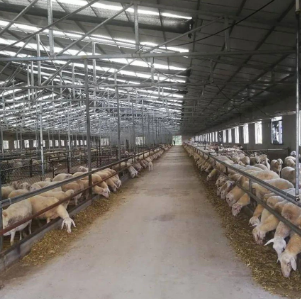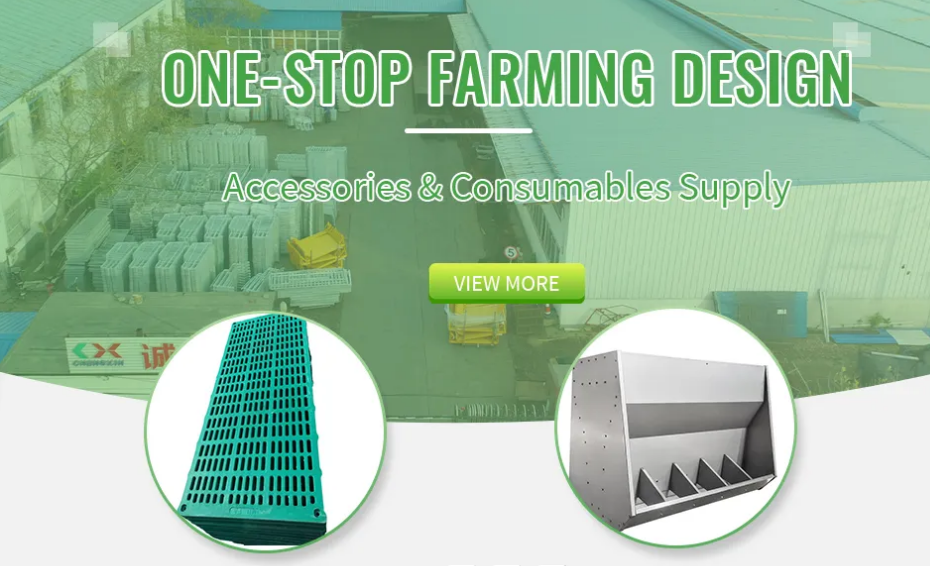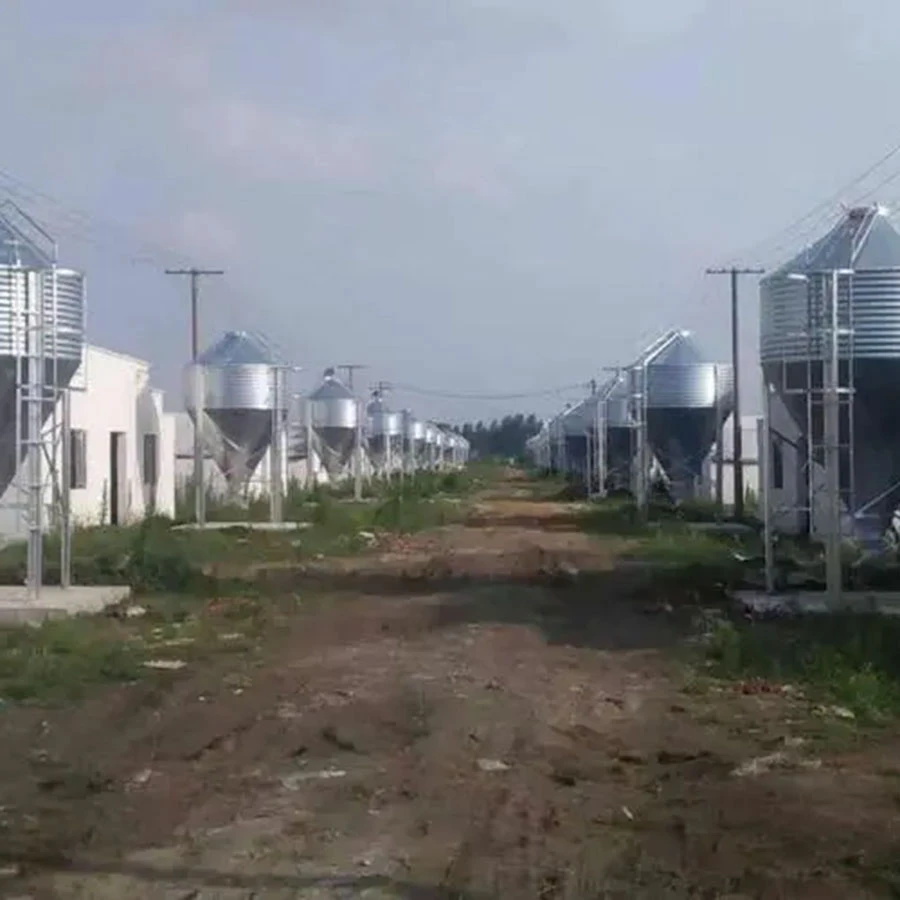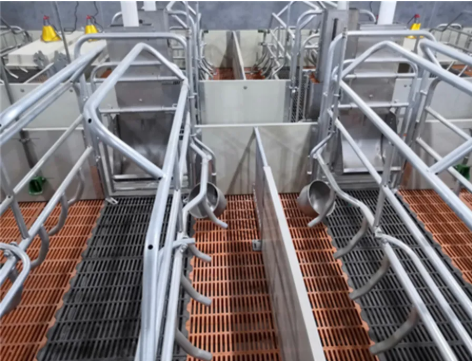Understanding Gestation Crates for Modern Swine Management
In contemporary pig farming, the efficient and humane management of breeding sows is paramount for productivity and animal welfare. Gestation crates for pregnant sows represent a cornerstone technology, designed to provide a secure and controlled environment for sows during their gestational period. These specialized enclosures, often constructed from robust steel, ensure individual feeding, prevent aggression among animals, and facilitate precise monitoring of sow health. The evolution of these systems reflects an industry-wide commitment to optimizing reproductive cycles while addressing increasingly stringent animal welfare standards through thoughtful design and material science.
The demand for advanced swine housing solutions is driven by factors such as herd health management, labor efficiency, and the need for consistent productivity. Modern gestation crates for pregnant sows are engineered to balance these complex requirements, offering durable, hygienic, and long-lasting solutions for commercial pig farms globally. Key features often include easy access for insemination and veterinary checks, as well as provisions for water and feed, contributing to a controlled and stress-reduced environment for the pregnant animal. This systematic approach supports better litter sizes and healthier piglets, underpinning the economic viability of large-scale operations.
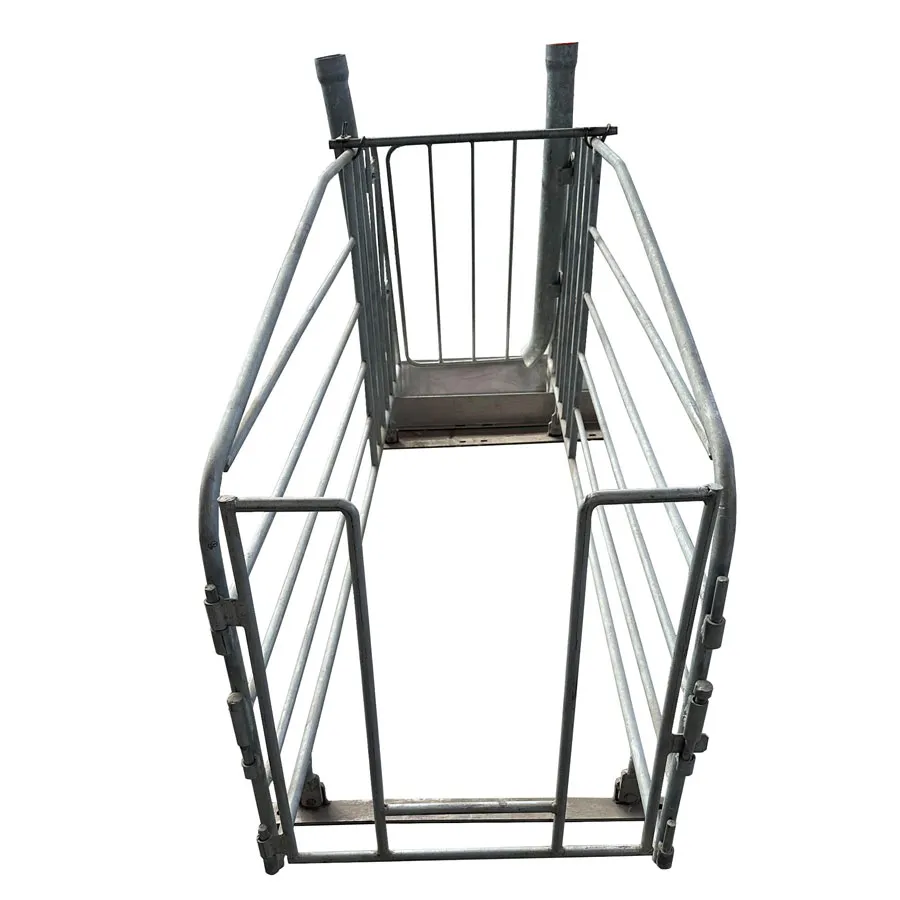
Manufacturing Process: Ensuring Durability and Hygiene
The production of high-quality gestation crates for pregnant sows involves a meticulous manufacturing process to guarantee structural integrity, longevity, and hygiene. It typically begins with the selection of premium-grade materials, most commonly Q235 steel, known for its excellent weldability and strength. This raw material undergoes precision cutting and bending using advanced CNC machinery, ensuring accurate dimensions and seamless integration of components. The steel pipes or solid bars are then precisely welded together, forming the robust framework of the crate. Each weld joint is inspected for strength and consistency, minimizing potential failure points under constant use.
A critical stage in the manufacturing process is surface treatment, specifically hot-dip galvanization. This process involves immersing the fabricated steel framework into a bath of molten zinc, creating a metallurgical bond that provides an extremely durable and corrosion-resistant coating. This zinc layer acts as a sacrificial anode, protecting the underlying steel from rust even if scratched, significantly extending the product's service life beyond 20 years. Quality control is rigorous throughout, with inspections conforming to international standards such as ISO 9001 for quality management and ANSI standards for material specifications. The final product is tested for structural stability and surface finish before dispatch, ensuring it can withstand the demanding conditions of a modern pig farm.

Technical Parameters and Specifications
Selecting the appropriate gestation crates for pregnant pigs requires an understanding of their technical specifications to ensure compatibility with existing farm infrastructure and specific operational needs. The dimensions, material thickness, and structural design all play a crucial role in the crate's performance and the sow's comfort. Below is a detailed table outlining typical parameters for high-quality gestation crates, highlighting the importance of robust construction and precise engineering.
These specifications are carefully chosen to ensure that the gestation crates for sows not only meet industry standards for animal welfare and hygiene but also provide a long-term, cost-effective solution for farmers. The robust design minimizes maintenance needs and withstands the demanding environment of a piggery, including exposure to moisture, disinfectants, and animal activity.
Application Scenarios and Technical Advantages
Gestation crates for pregnant sows are indispensable in large-scale commercial pig breeding facilities, particularly those employing artificial insemination programs and precision feeding. Their primary application lies in housing pregnant sows individually from breeding until approximately one week before farrowing. This individual housing prevents fighting, which can lead to stress, injuries, or even abortions, thus ensuring the safety and well-being of the valuable breeding stock. Moreover, it allows farm managers to precisely control feed intake for each sow, optimizing nutrition based on their individual body condition and stage of gestation. This meticulous feeding prevents over or underfeeding, contributing directly to better reproductive performance and overall herd health.
The technical advantages of well-designed gestation crates for sows extend beyond just individual housing. The durable hot-dip galvanized steel construction provides unparalleled corrosion resistance, which is vital in humid and ammonia-rich piggery environments. This anti-corrosion property significantly reduces replacement costs and maintenance downtime over the equipment's lifespan. Furthermore, the standardized design facilitates efficient cleaning and disinfection, crucial for disease prevention and maintaining biosecurity on the farm. Easy access to sows for health checks, vaccinations, and insemination minimizes stress on the animals and improves operational efficiency for farm personnel, making these crates a strategic investment for modern swine production.
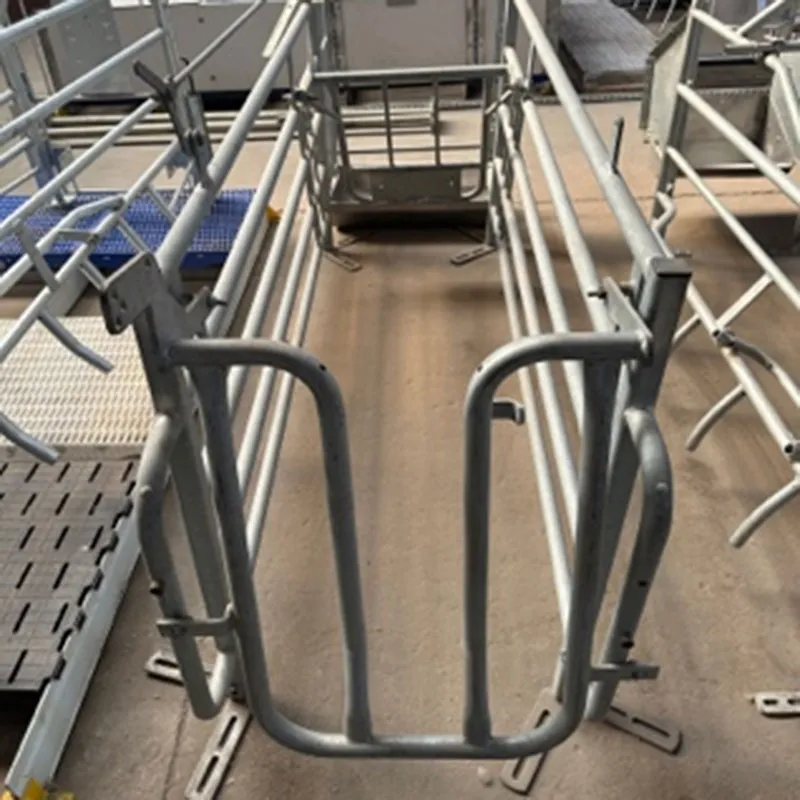
Custom Solutions and Client Success Stories
Recognizing that every pig farm has unique layout and operational requirements, leading manufacturers offer customized solutions for gestation crates for pregnant sows. This can involve tailoring dimensions to fit specific barn designs, integrating specialized feeding systems, or adapting the crate structure for particular climate conditions. For example, a client in a colder region might require crates with enhanced wind protection features, while a farm focusing on highly automated feeding might need seamless integration with electronic sow feeders. Our team works closely with clients from the initial consultation to final installation, leveraging extensive experience in livestock equipment design to deliver solutions that maximize efficiency and animal welfare.
One notable case involved a large-scale pig farm in North America seeking to upgrade its gestation facilities to improve individual sow management and hygiene. By implementing our customized gestation crates for pregnant sows, which included specialized self-locking mechanisms and integrated watering nipples, the farm observed a significant reduction in sow aggression-related injuries and a measurable improvement in overall conception rates. The robust hot-dip galvanized finish also drastically cut down on maintenance costs previously incurred due to rust. This successful integration underscores the value of bespoke engineering and the long-term benefits of investing in high-quality, durable pig farming equipment designed to meet specific farm challenges.
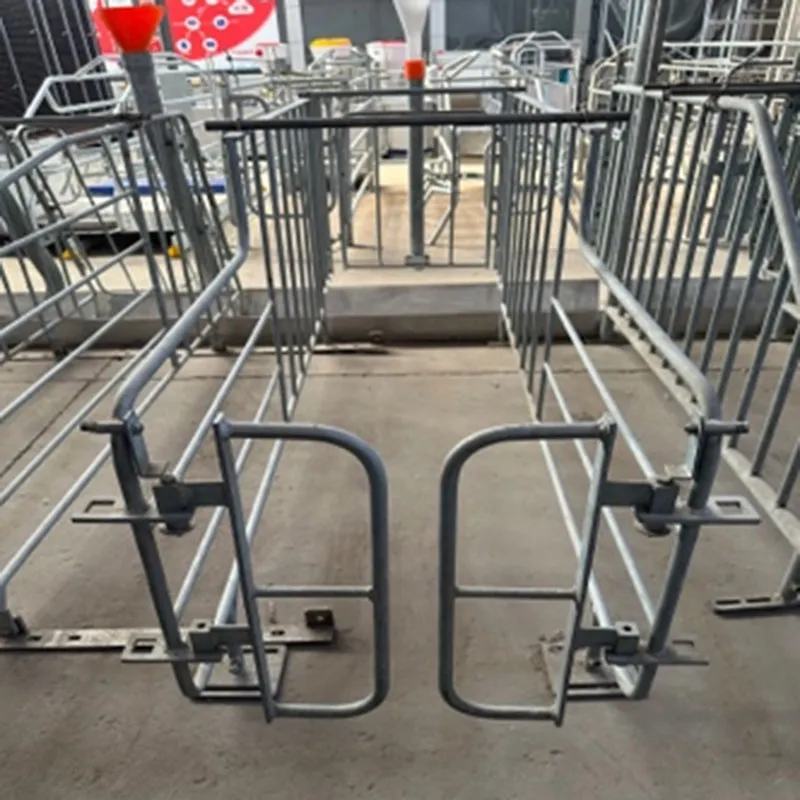
Trust and Support: FAQ, Delivery, and Warranty
Building trust with our B2B partners is foundational to our operations. We ensure transparency in all aspects, from product design to after-sales support for our gestation crates for sows.
Frequently Asked Questions (FAQ):
-
Q: What is the typical lead time for an order of gestation crates?
A: Standard orders typically have a lead time of 3-4 weeks, depending on quantity and current production schedule. Customized solutions may require additional time for design and prototyping. -
Q: How does hot-dip galvanization compare to other coatings for durability?
A: Hot-dip galvanization provides a superior, metallurgical bond that offers exceptional corrosion resistance, significantly outperforming paint or electroplating, especially in corrosive agricultural environments. It ensures a lifespan of over 20 years. -
Q: Are your gestation crates compliant with international animal welfare standards?
A: Our designs adhere to widely accepted industry best practices for sow comfort and health within the individual housing model. We continuously monitor evolving welfare guidelines to inform our product development.
Delivery and Warranty:
We offer comprehensive logistics support, ensuring timely and secure delivery of your gestation crates for pregnant pigs to your facility, whether domestically or internationally. Our products are backed by a robust warranty against manufacturing defects, typically for a period of 5 years, covering material and workmanship. Our dedicated customer support team is available to assist with installation guidance, troubleshooting, and any post-purchase inquiries, ensuring your long-term satisfaction and the seamless operation of your farm.
References
- National Pork Board. "Swine Gestation and Farrowing Housing Guidelines."
- American Veterinary Medical Association. "Welfare Implications of Sow Housing."
- Journal of Animal Science. "Impact of housing systems on sow reproductive performance and welfare."
- Food and Agriculture Organization of the United Nations (FAO). "Good Practices in Pig Production."
Post time: Aug . 12, 2025
